Millpond Hot Spring is a spring in Oregon at an elevation of 4,160 feet above sea level. Hidden at the edge of the Oregon timberlands, Hines Pond Hot Spring is a geothermal vent on the edge of Hines Pond. It is located to the hamlet known as Indian Village. Its waters, quietly steaming beside old logging routes, beckon spring lovers with a different kind of magic; remote, enduring, and unspoiled by crowds.
Natural Springs
Natural Springs that well up from the Earth and have minimal human impact or containment.
Thousand Springs Scenic Byway

This is by far one of my most favorite scenic byways through Idaho. As you know, I’m a big enthusiast on natural springs, waterfalls, and hot springs. So this is a must for any fellow enthusiast. Also, my 2nd favorite rest stop hot spring is right along the corridor. So a double-plus.
Qwolts/Hobo Hot Springs / Harrison Hot Springs (British Columbia Canada)

Qwolts / Hobo Hot Springs / Harrison Hot Springs are mineral pools created by two thermal vent/springs known as Potash and Sulphur in the town of Harrison Hot Springs, British Columbia, Canada.
Valley View Hot Springs – Orient Land Trust (Colorado)
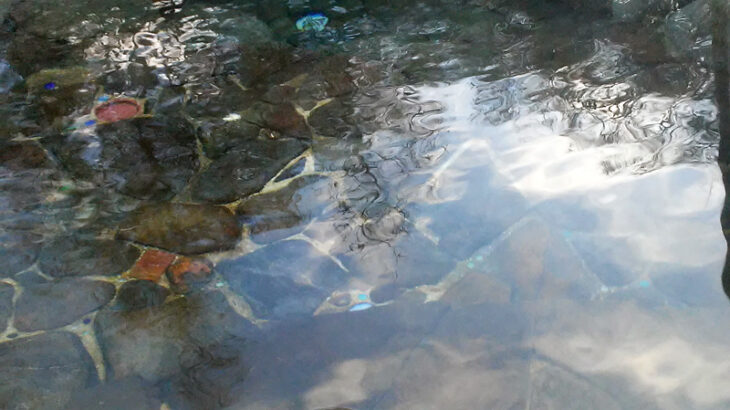
This fantastic Land Trust is dedicated to preserving natural resources, wildlife habitat, open space, and historic and geologic features of the northern San Luis Valley for the enjoyment of current and future generations.
Stratton Spring (Manitou Springs, CO)
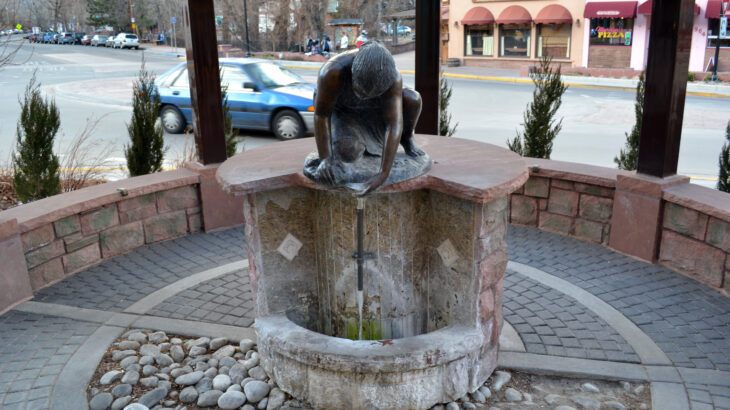
Stratton Spring was drilled in 1936 by the Myron Stratton Foundation., The soda-type spring has a controlled flow of two gallons per minute and is drilled to a depth of 167 feet. This site was the junction of early Indian trails and several major mineral springs. Later it became the major access to the Mount Manitou Incline and the Pikes Peak Cog Railway and was the loop were Stratton’s Trolley Line reversed to return to Colorado Springs.
Navajo Spring (Manitou Springs, CO)
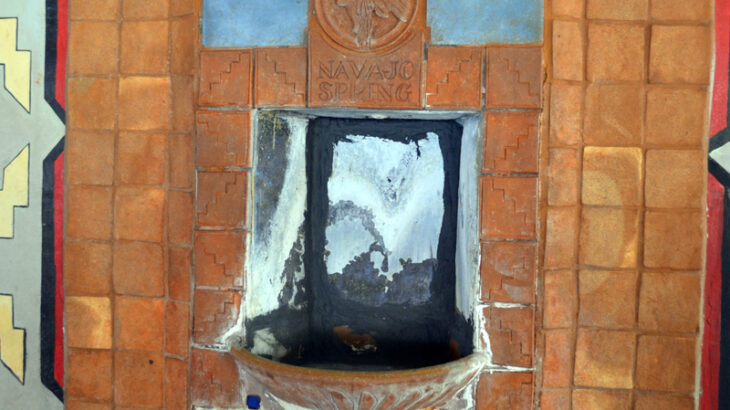
a natural soda spring comes out of the wall in a decorated font. It is one of eight famous natural springs that put this town on the map. The spring was initially visited by Native American Indians who sought their healing and spiritual powers, which some believed were gifted by the great spirit called Manitou.
The Magic and Minerals of Manitou Springs
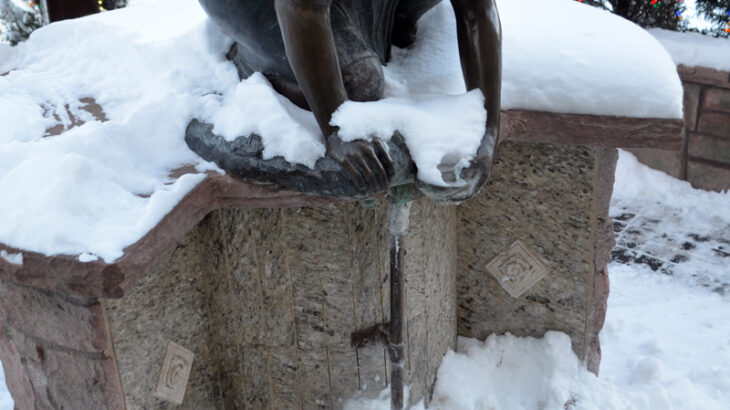
The little touristy village of Manitou Springs is most famous for its mineral springs, which well up through eight fonts (previously ten fonts, upwards of 50 springs) peppered throughout the town. These springs are free to visit, and each holds its own variation of minerals, magic, folklore, and healing properties that visitors have sought throughout the ages. Each has its unique flavor, natural carbonation, and effervescence.
Lithia / Crosby / Twin Springs (Manitou Springs, Co)
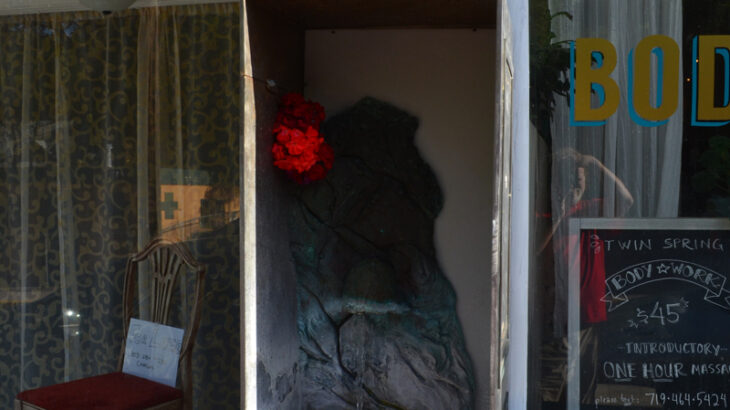
This is one of the more popular springs along Ruxton Avenue due to its high Lithium content. Two springs combine into one, pouring through this font. The water is very sweet, high in lithium, potassium, calcium, and magnesium, and a top-rated water source for making sweet carbonated lemonade water. Others describe the taste as sweet, tangy, and minerally. Of all the Manitou Springs, it has the highest concentration of magnesium. The font is located outside a storefront entrance.
Seven Minute Spring (Manitou Springs, CO)
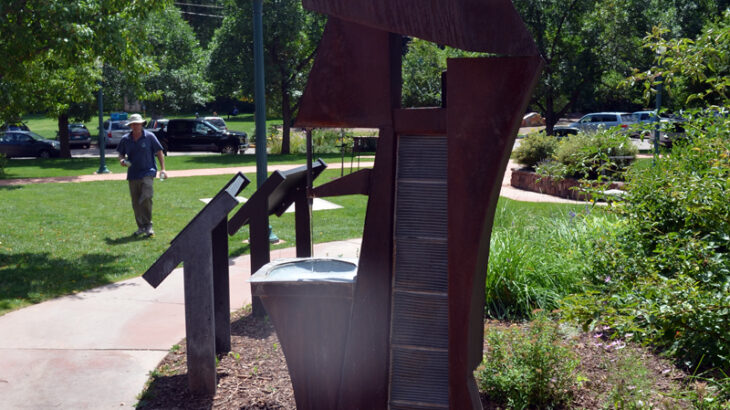
The Seven Minute Spring was man-made and drilled in 1909 near the former Manitou House Hotel. The drilling hit a limestone cavity of ancient carbonated waters that created a geyser that would erupt every 7 minutes giving a label to its current name.
Old Ute Chief Spring (Manitou Springs, Co)
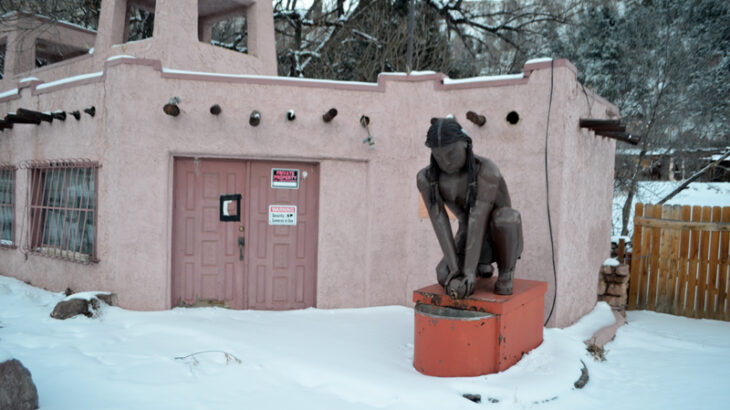
One of Manitou’s former famous springs now closed off to the public and no longer running. It was famous back then and was one of the sources for the “Ute Chief Mineral Water” and Manitou Springs bottling company. While it is no longer on the Springs trails given out by the Chamber of Commerce, its font still stands even though shut off.